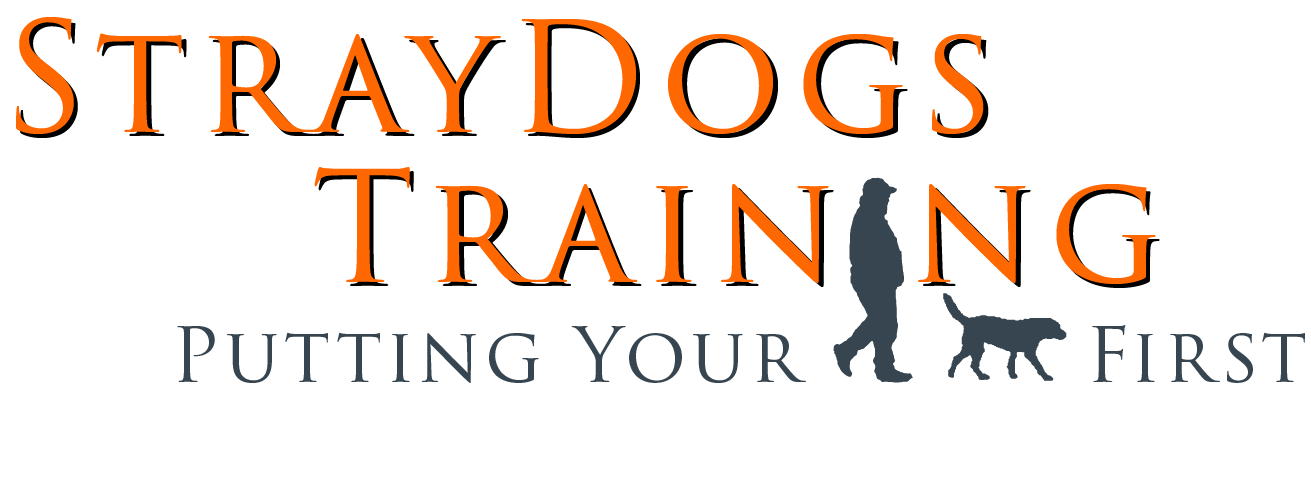Dog training is an essential aspect of responsible pet ownership, ensuring that our furry companions become well-behaved and happy members of our families. One of the most effective methods to shape a dog’s behavior is through rewards and punishments. However, it’s crucial to understand that what might be rewarding or punishing to us humans may not have the same impact on our canine friends. Use this as a guide to help you understand the world of rewards and punishments from a dog’s perspective. It is important that you use these tools wisely and empathetically.
Understanding Rewards:
Rewards play a significant role in reinforcing positive behavior and motivating dogs to repeat desired actions. The key to effective rewards lies in identifying what your dog considers valuable. While treats are often a popular choice, not all dogs are food-motivated. Some may prefer praise, toys, or even belly rubs as rewards. Understanding your individual dog’s preferences is essential to find the most potent reinforcement.
- Verbal Praise: Dogs thrive on positive attention from their owners. Simple yet heartfelt verbal praise, such as “Good boy” or “Well done,” can be a powerful reward for many dogs.
- Treats: High-value treats can be an excellent motivator for food-driven dogs. Choose treats that are nutritious and appealing to your dog’s taste buds.
- Toys: Playtime is an effective reward for dogs who are enthusiastic about interactive games. A game of fetch or tug-of-war can make a tremendous positive impact.
- Physical Affection: Petting, cuddling, and gentle strokes can be highly rewarding for dogs that enjoy physical touch.
Understanding Punishments:
Punishments, when used appropriately and humanely, can be helpful in discouraging unwanted behaviors. However, harsh or abusive punishments can be detrimental to a dog’s mental well-being and trust in its owner. Punishments should never involve physical harm or intimidation, as they can lead to fear and anxiety.
- Time-outs: Removing your attention and temporarily isolating the dog from the environment can serve as a mild punishment for undesirable behaviors. For example, if your dog jumps on visitors, turning away and ignoring them for a short time can convey disapproval.
- Interrupters: Using noise-based interrupters like a hand clap or a stern “No!” can help redirect your dog’s attention and discourage inappropriate behaviors.
- Loss of Privileges: Withholding access to certain activities or toys that the dog enjoys can be an effective way to curb negative behaviors.
- Positive Reinforcement of Alternatives: Instead of punishing unwanted behaviors, focus on reinforcing alternative, desirable behaviors. For example, if your dog pulls on the leash during walks, reward them for walking calmly by your side.
As a responsible dog owner, it’s crucial to remember that rewards and punishments should be tailored to your dog’s individual preferences and sensitivities. A one-size-fits-all approach won’t yield the best results. By understanding what your dog considers rewarding and punishing, you can effectively shape their behavior while building a strong and trusting bond. Remember, dog training is a journey that requires patience, consistency, and empathy. With positive reinforcement and humane methods, you can guide your beloved pet toward becoming a well-mannered and happy companion.

